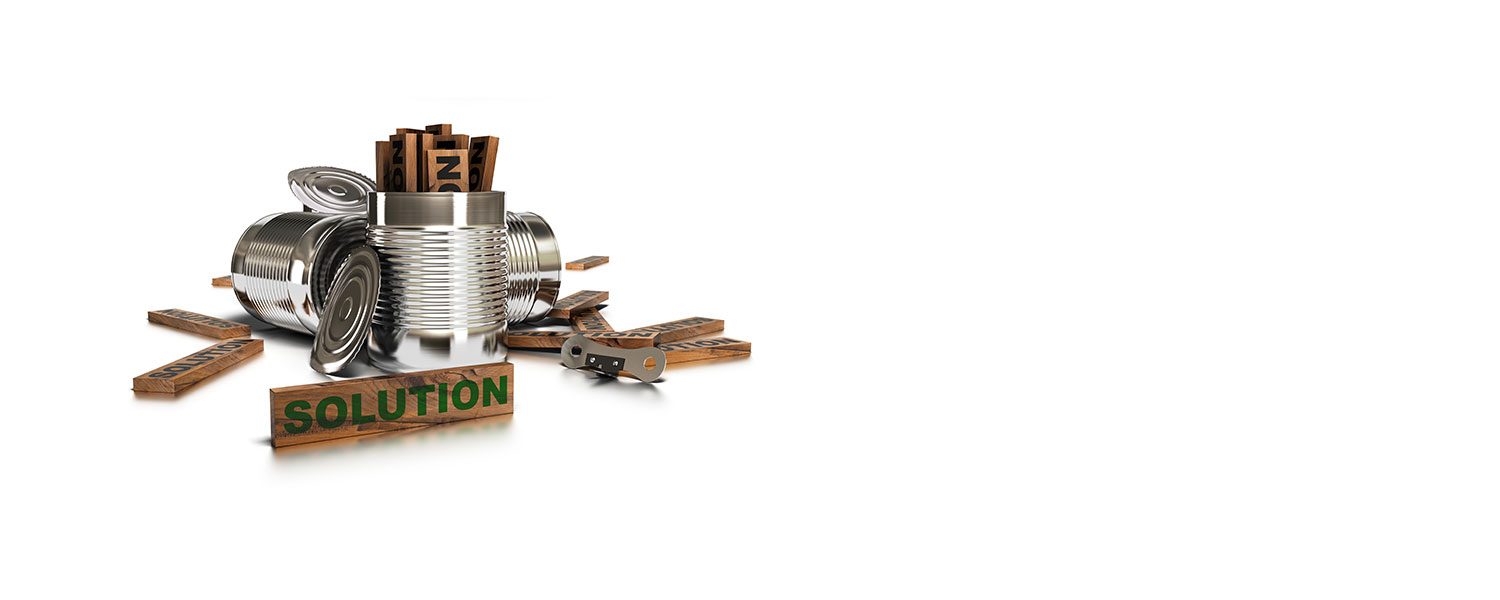Choosing the Best Compressor for Sandblasting
Choosing the best compressor for sandblasting depends on several factors, including the pressure (PSI) and air volume (CFM) required for the type of work to be done.
In general, for industrial sandblasting applications, it is recommended to use a compressor that can provide at least 90-100 PSI and a sufficient CFM to maintain a constant flow. For example, for a sandblaster with a medium to large-sized nozzle, a compressor offering 20-30 CFM at 100 PSI is often necessary.
Airflow and Compressor Sizing
The correct sizing of the compressor for sandblasting is crucial to ensure efficient operation. The relationship between the sandblaster nozzle size and the compressor's capacity in terms of CFM is fundamental. A larger nozzle requires a compressor with a higher airflow (CFM) to maintain constant pressure. If the compressor cannot provide enough CFM, the pressure will drop, making the sandblasting less effective and increasing work time.
Air Quality and Filtration
The quality of compressed air is equally important. Using a compressor without an adequate filtration system can introduce moisture and oil into the compressed air, which can compromise the quality of the sandblasting and damage the equipment. To prevent these problems, it is essential to use air filters and dryers that remove moisture and impurities from the compressed air, ensuring a clean and dry airflow.
Types of Compressors for Sandblasting
There are different types of compressors for sandblasting:
- Rotary Screw Compressors: Ideal for large-scale industrial applications due to their ability to provide a constant and high-pressure airflow.
- Piston Compressors: Suitable for smaller operations or intermittent use. They are robust but require more frequent maintenance compared to rotary screw compressors.
- Portable Compressors for Sandblasting: These mobile compressors are ideal for outdoor jobs or in construction sites where equipment needs to be moved frequently.
Conclusion
To achieve the best results with a sandblaster with compressor, it is essential to select the right equipment based on the specific needs of the project. A properly sized compressor will not only improve work efficiency but also extend the life of your equipment. Investing in a quality air filtration system can prevent moisture and contamination issues, ensuring clean and well-prepared surfaces.
With these precautions, you will be able to choose the compressor most suited to your needs, maximizing productivity and the quality of your sandblasting work.










